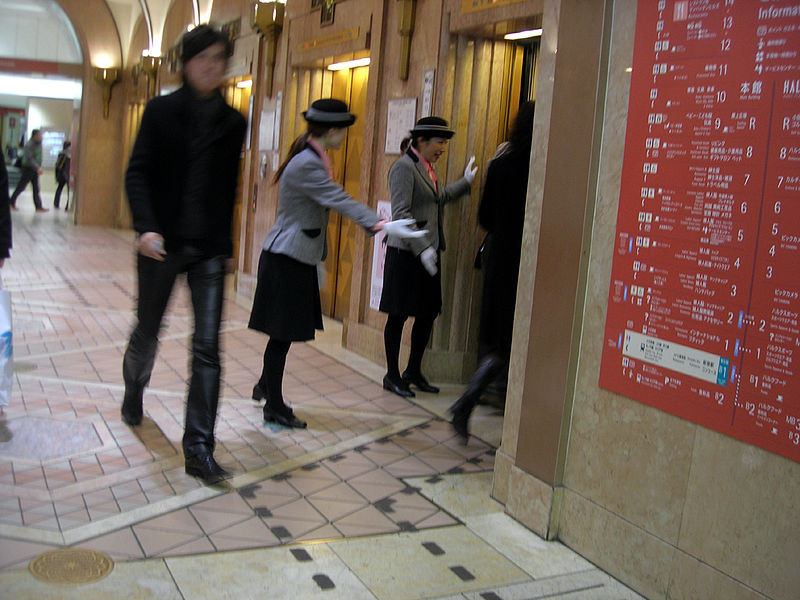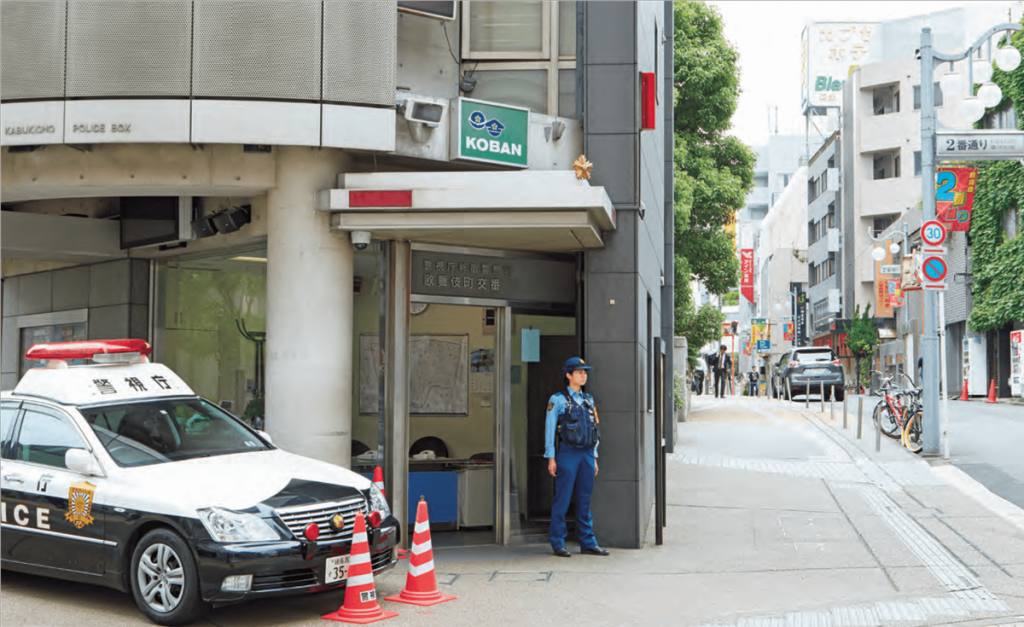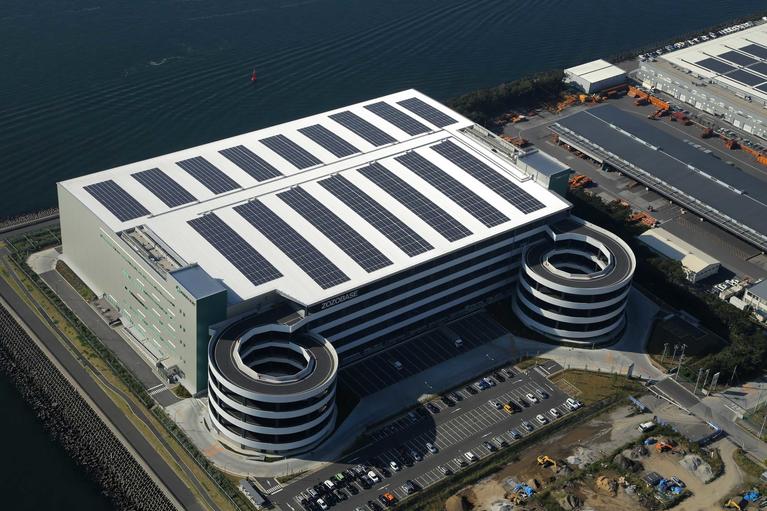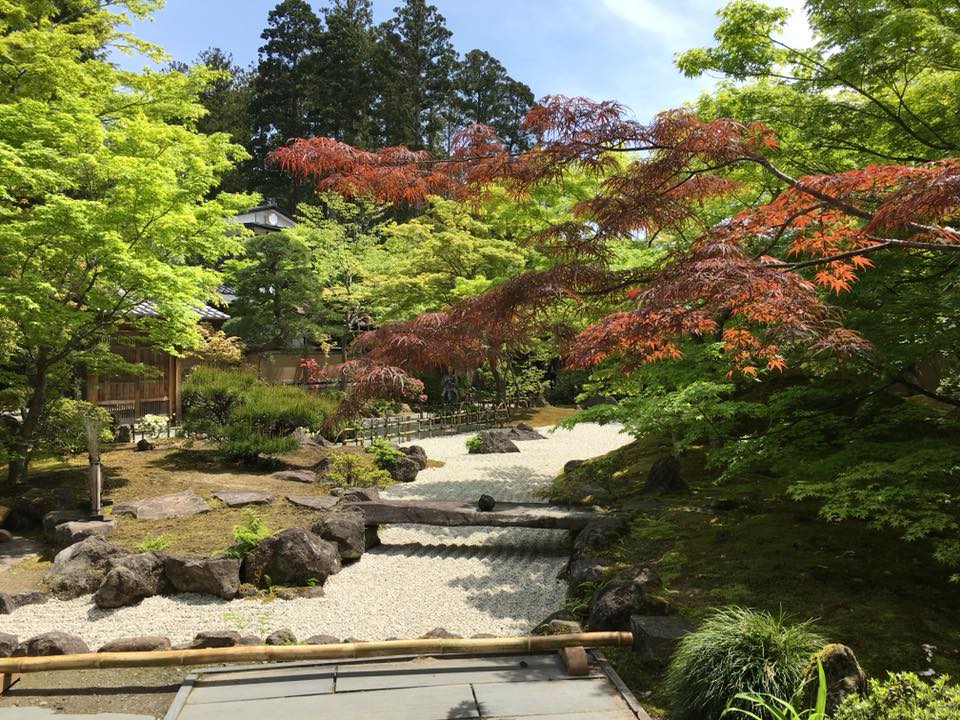Living in Japan has been a great experience for me and my family and I would like to share my perspective on an amazing nation and countryside.
Having said that, one of the most surprising aspects I have found about Japan is duality. Starting with the language, there are two different phonetic alphabets – hiragana and katakana – with the latter mostly used for foreign words. There are two different alphabet systems – logographic (ie using Chinese characters to convey words) and phonetic. Most characters can be pronounced two ways – 山 means mountain but is pronounced as ‘yama’ or ‘san’ depending on the context.
So, while Japan has many strengths, there are some downsides that anyone coming to Japan needs to consider, especially in a supply chain transformation context.
Peace and Tranquility
I have rarely experienced such peace and tranquility as I did during a recent visit to a temple garden in Matsushima, near to Sendai in Japan. Instead of worrying about the impending horror which is the traffic on the Japanese highway system at the end of a four day spring holiday, the blossoming flowers and carefully arranged stones simply took my mind to other pastures. All cares washed away in simple appreciation of the beauty of the surroundings.
Don’t miss the chance to experience spring flowers in Japan, especially Sakura – the cherry blossoms in full bloom.
This concept has been extended to many walks of life, for example in keeping noise down in public, even during the commute. Tokyo’s train system is incredibly busy with millions of passengers purposefully yet quietly moving to and from their place of work. Standing in the middle of busy Shinjuku station at 8:30am is quite a surreal experience.
So what’s the downside I hear you thinking. Well, we are all emotional beings and this outward show of tranquility means that feelings get buried. It can be very hard, as a foreigner, to know what others are thinking and whether they agree with your thinking or are simply politely nodding as you talk.
Reading between the lines, through fraught with the risk of misunderstanding, is a crucial skill in Japan.
Customer Attentiveness
Whether simply shopping or operating in a business context, I have always been very impressed with Japan’s approach to customers. Even though tipping is anathema in most cases, Japan’s service staff excel in welcoming smiles and responsiveness.

However, this does not always translate into customer service. When purchasing a smart TV at a leading retailer, I was led on a merry dance until it became clear that they didn’t stock the webcam accessory. This vital little gizmo turned the TV in our lounge into a video conferencing suite through the wonders of skype – a true blessing for keeping in contact with far away friends and family. However, despite being advertised in store and one of the reasons I chose the TV in the first place, the store didn’t carry the webcam. Instead of simply telling me upfront, I was led from floor to floor until, after more than half an hour of dealing with different smiling and ‘helpful’ staff, it was suggested that I order the webcam from Amazon.
To make matters worse, there are often a whole set of rules that limit what is available. Some services must be booked in advance. Even if they are available, you wont be allowed to procure them on the day without the necessary reservation.
To operate successfully in Japan, you need to be prepared to compromise your requirements and expectations into something that is readily available in the local market.
Law Abiding
Japan just about leads the world in terms of low crime. It is amazing to see children as young as six, use the subway and bus systems to travel to school across a busy city like Tokyo without their parents. My children have left their iPads behind on buses only to have them handed in. Commuters even leave their laptops or phones on a table to reserve a place in busy restaurants by train stations!

Unfortunately, I get the sense that this comes about from a sense of duty to the prevailing laws rather some deeper moral purpose. On the street, there is an attitude of ‘not getting involved in other peoples’ affairs’ that means you are often left to struggle alone if you get into difficulties. The only exception I have experienced is finding your way around. Strangers will often help to interpret a map for you or point you on your way if you look lost. Unfortunately, this is the exception and in most other difficult situations people will just pass you by.
In a business environment, this can manifest itself in some unwelcome employment practices by some managers. There are well documented examples of ambitious employees being put under incredible pressure and working themselves to death. The flip side is that many employees seek to narrow their scope of responsibility to something more manageable, controllable and preferably tried and tested.
Transformations tend to increase ambiguity and the risk of the unknown. Take extra time in Japan to demonstrate how those involved will be successful once the change has been taken place.
Commitment to a ‘Job Well Done’
Japan is well known for its dedication to getting the job done. The trains run on time. The Ta-q-bin and similar delivery services will cheaply and reliably transport your luggage from home-to-hotel etc, greatly simplifying travel around Japan by train or small car.

However, the flip side is that everything has to be extremely well prepared in advance. Both building projects that I was involved in were completed on time, on budget and meeting spec. But it all took a long time to start while every aspect was measured, checked and checked again. This was absolutely critical for the 40 meter pilings needed to secure the new warehouse on reclaimed land against expected earthquake activity. But, it can be taken to extremes and often leads to a long, frustrating journey when trying to implement change. Transformation is difficult in any country, but I have found Japan to be even more challenging than most.
Be prepared for extensive stakeholder engagement before undertaking any transformation and, once the course has been set, don’t expect any rapid course corrections.
Ingenuity
I have been constantly amazed at the Japanese ability to solve problems. From nifty gadgets in the kitchen to multi-function toilets, Japan is a world leader in ingenuity.
This is especially true when it comes to space saving. Land values are incredibly high in Tokyo and so shops and restaurants are squeezed into the tiniest of spaces. Whether it is a tiny one-man Izikaya – an informal pub or bar – crammed under a stair well or a multi-storey warehouse, Japan’s architects excel at the art of space maximization.

However, in a logistics context all this ingenuity hampers end-to-end supply chain optimization in fast moving goods. Watching products move around Japan, it is amazing to see how often bespoke solutions are used to solve local problems while lowering end-to-end efficiency. Whether it is the lack of uniform pallet standards, excessive manual processes or low warehouse ceiling heights, Japan is beset with a number of constraints that add costs to the fast moving supply chains.
Overcoming all these historic practices would be a massive undertaking. Any transformation must be carefully designed to reflect the local conditions and focus on those areas that will deliver most value.
